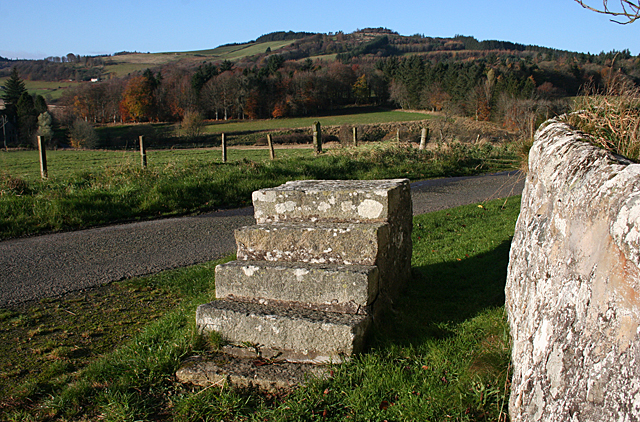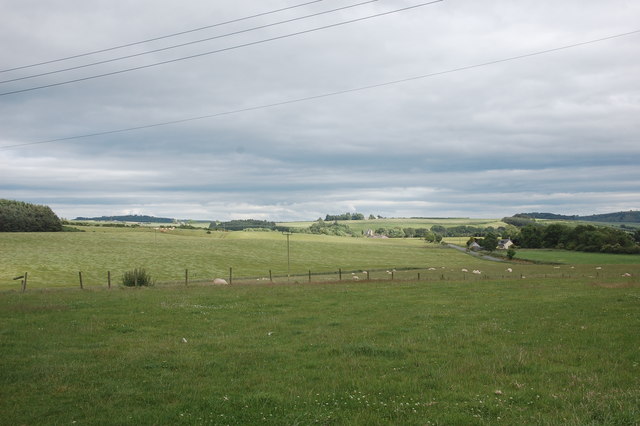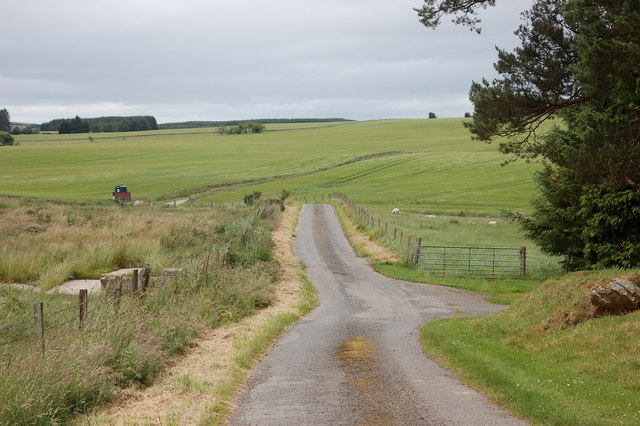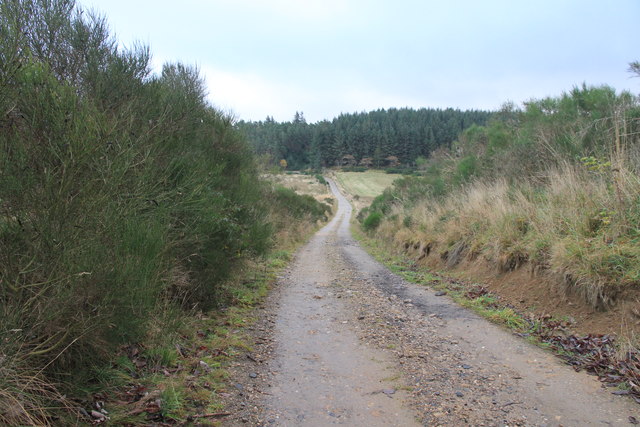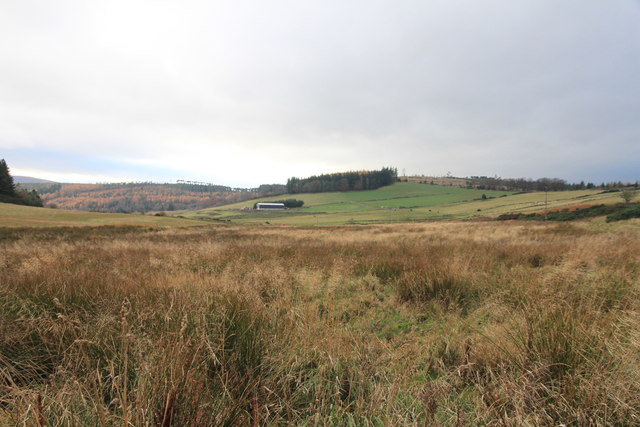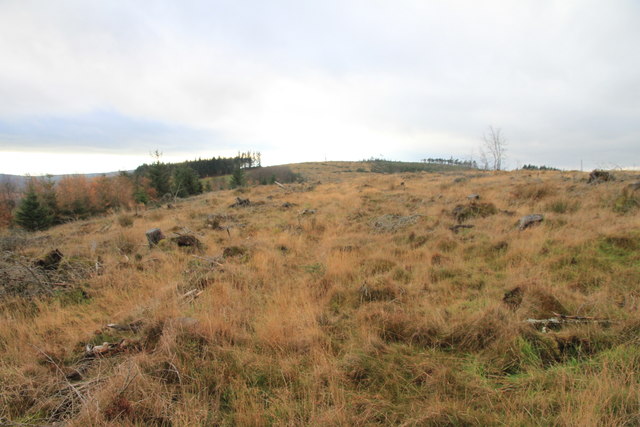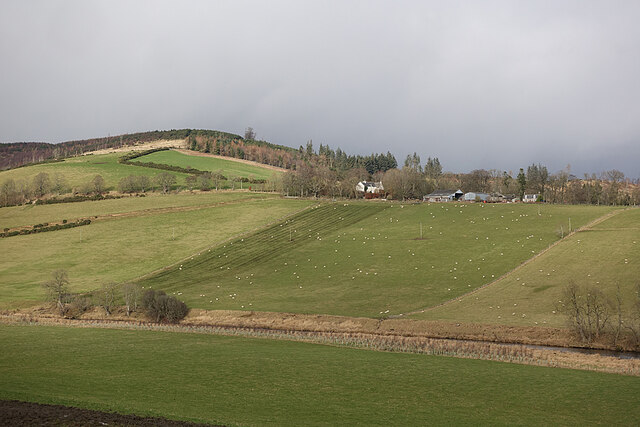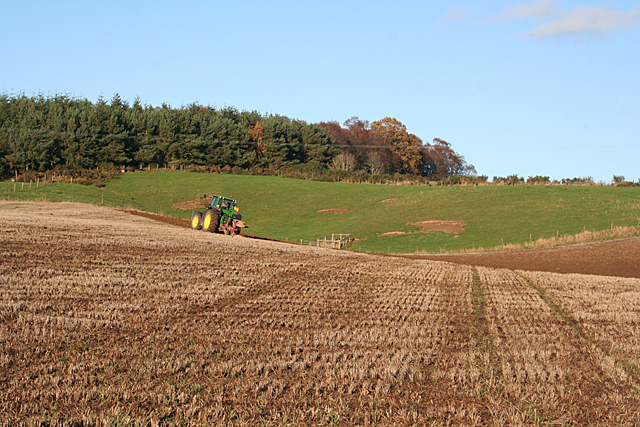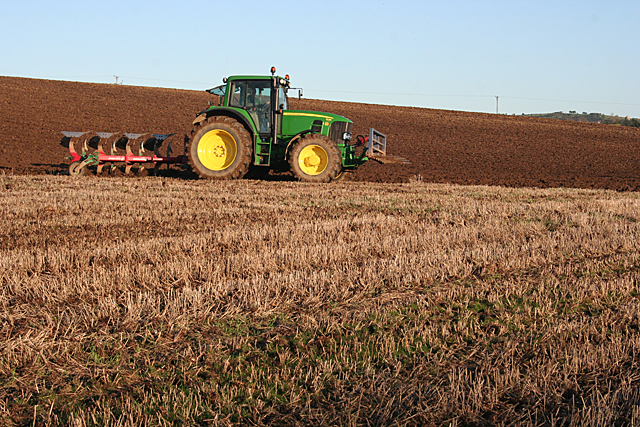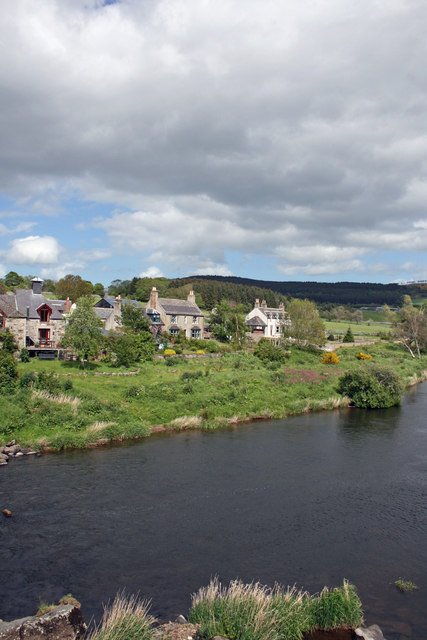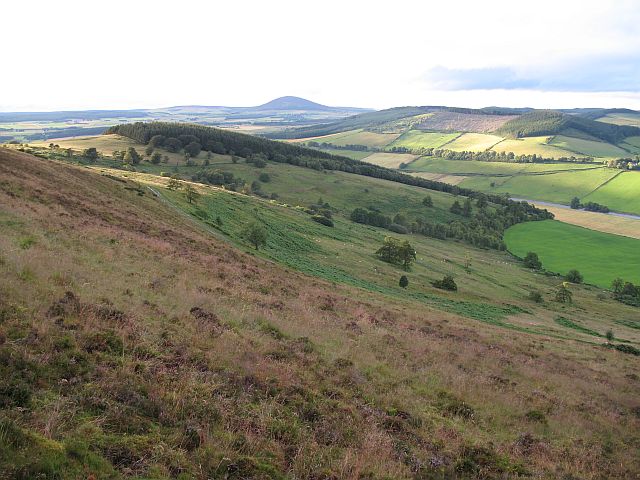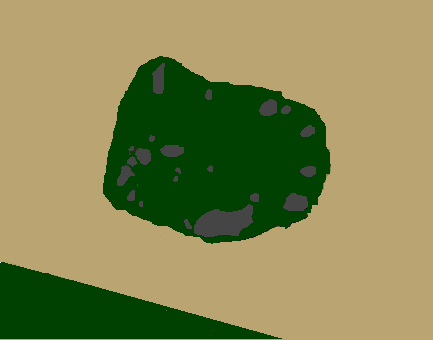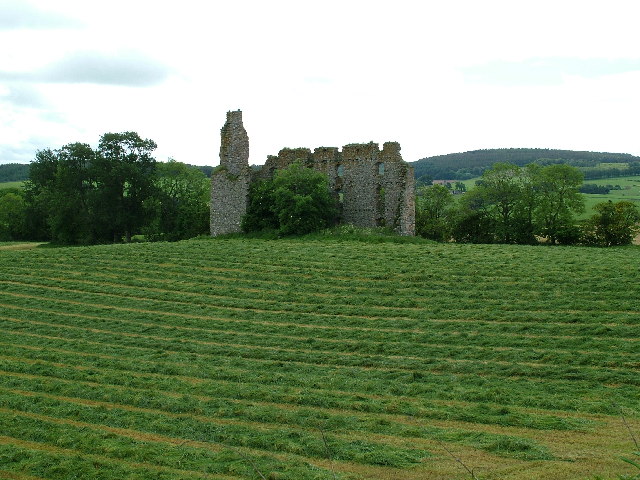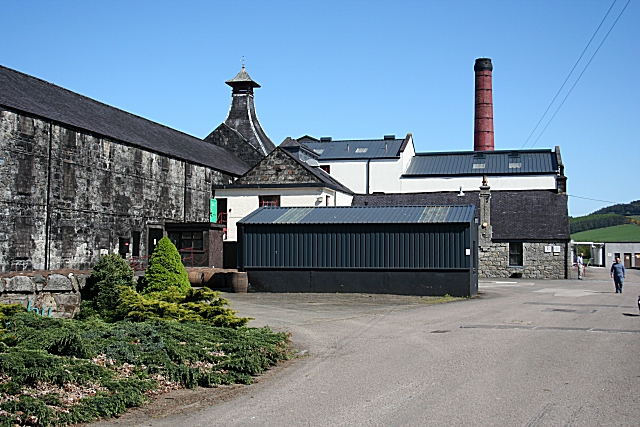Glenniehouse Pot
Lake, Pool, Pond, Freshwater Marsh in Banffshire
Scotland
Glenniehouse Pot
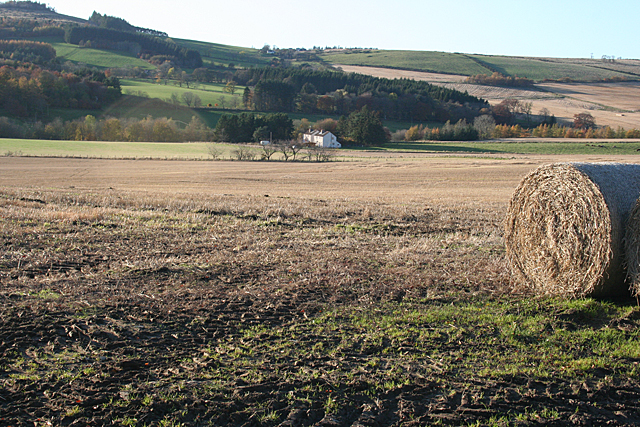
Glenniehouse Pot is a picturesque freshwater marsh located in Banffshire, Scotland. Nestled amidst the rolling hills and breathtaking landscapes, this natural wonder is a haven for nature enthusiasts and birdwatchers alike. Spanning over an area of approximately 5 acres, the pot is a small, tranquil body of water that serves as a vital habitat for a diverse range of flora and fauna.
The pot's crystal clear waters are home to various species of aquatic plants, including water lilies and reeds, which create a vibrant and colorful display throughout the year. These plants provide shelter and food for a variety of aquatic creatures, including frogs, newts, and small fish, adding to the pot's ecological diversity.
The pot also acts as a vital stopover for migratory birds, making it a popular spot for birdwatching enthusiasts. Visitors can witness a plethora of bird species, such as herons, mallards, and swans, as they grace the pot's tranquil waters and surrounding marshland. The calming atmosphere and untouched beauty of this natural habitat provide a perfect setting for visitors to immerse themselves in the wonders of nature.
Surrounded by lush greenery and offering breathtaking panoramic views, Glenniehouse Pot is a true hidden gem in the heart of Banffshire. Whether it's a leisurely stroll along its banks or a peaceful picnic amidst nature, this idyllic spot offers a serene escape from the hustle and bustle of everyday life.
If you have any feedback on the listing, please let us know in the comments section below.
Glenniehouse Pot Images
Images are sourced within 2km of 57.531928/-2.6968663 or Grid Reference NJ5849. Thanks to Geograph Open Source API. All images are credited.
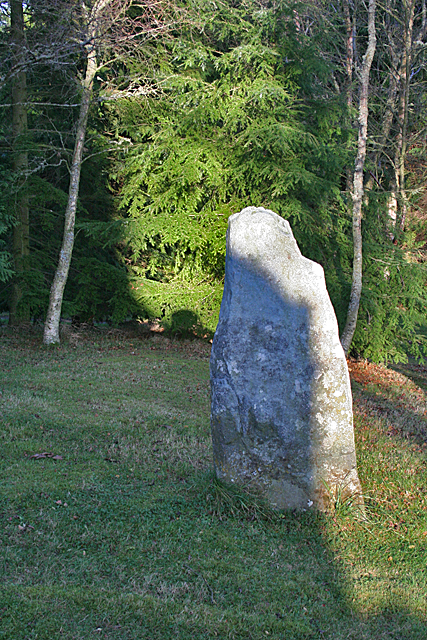
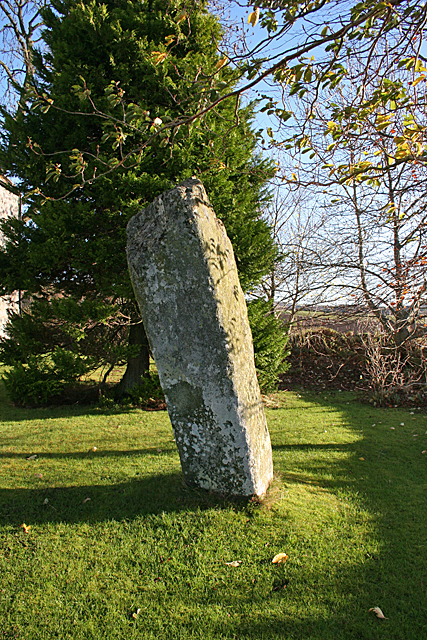
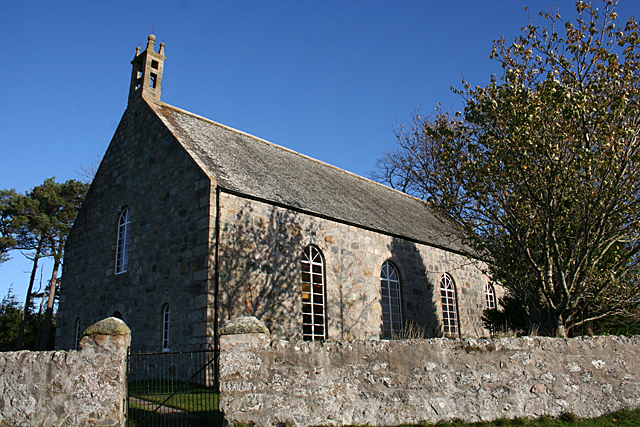
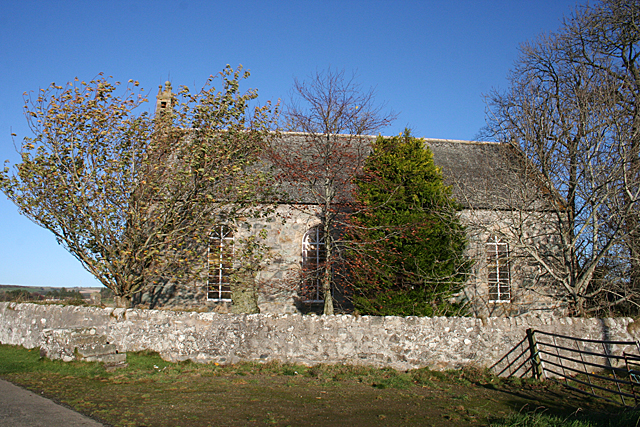
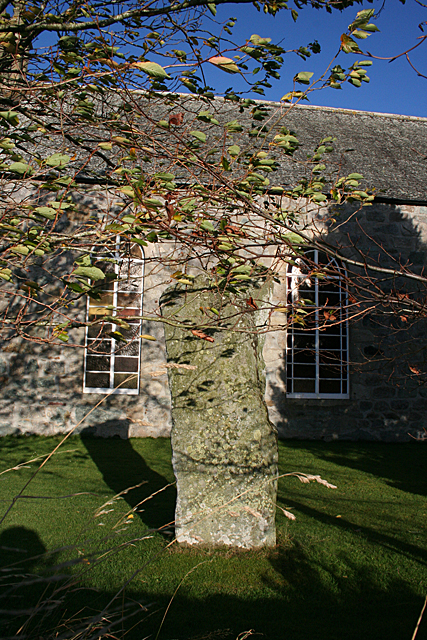
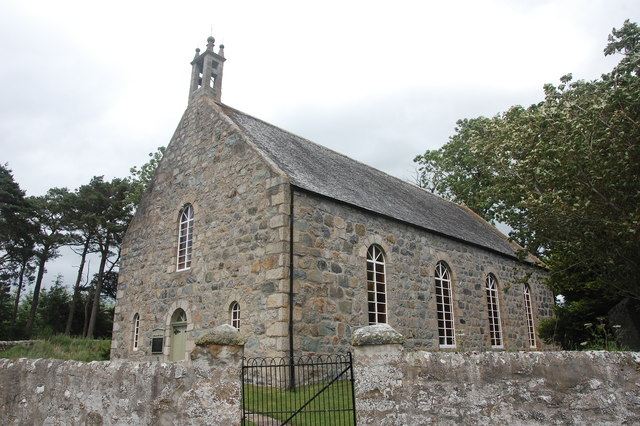
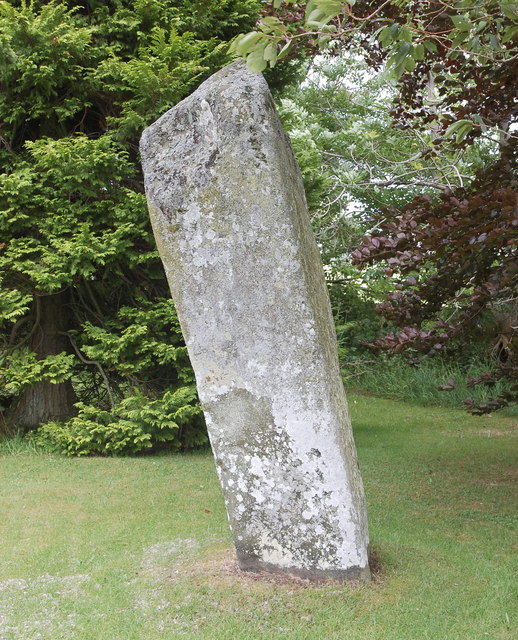

Glenniehouse Pot is located at Grid Ref: NJ5849 (Lat: 57.531928, Lng: -2.6968663)
Unitary Authority: Aberdeenshire
Police Authority: North East
What 3 Words
///chat.baker.oasis. Near Aberchirder, Aberdeenshire
Nearby Locations
Related Wikis
Milltown of Rothiemay
Milltown of Rothiemay (Scottish Gaelic: Ràth a' Mhuigh) is a small inland village, built mostly of granite, in the north-east of Scotland and is within...
Fourman Hill
Fourman Hill is a hill located west of Bogniebrae, Aberdeenshire, Scotland. It has an elevation of 1,127 feet (344 m). A cairn near the summit marked the...
Mountains Burn
Mountains Burn is a burn which marks the boundary of the parish of Huntly, Aberdeenshire, Scotland. == References ==
Yonder Bognie
Yonder Bognie is a stone circle in Aberdeenshire, Scotland. It is located in an agricultural field under private ownership and is a scheduled monument...
Bognie Castle
Bognie Castle (also called Conzie Castle) is a ruined castle near Huntly and Banff in the Aberdeenshire region of Scotland. It was built in the 17th century...
Bogniebrae
Bogniebrae () is a small rural settlement in Aberdeenshire, Scotland. It is located at the junction of the A97 and B9001 roads, six miles (ten kilometres...
Aberchirder
Aberchirder (Scots: Fogieloan, Scottish Gaelic: Obar Chiardair) known locally as Foggieloan or Foggie, is a village in Aberdeenshire, Scotland, situated...
Knockdhu distillery
Knockdhu distillery is a whisky distillery situated in Knock, Banffshire and owned by Inver House Distillers Limited. == History == The distillery was...
Nearby Amenities
Located within 500m of 57.531928,-2.6968663Have you been to Glenniehouse Pot?
Leave your review of Glenniehouse Pot below (or comments, questions and feedback).
